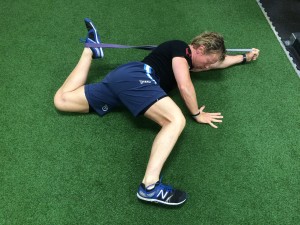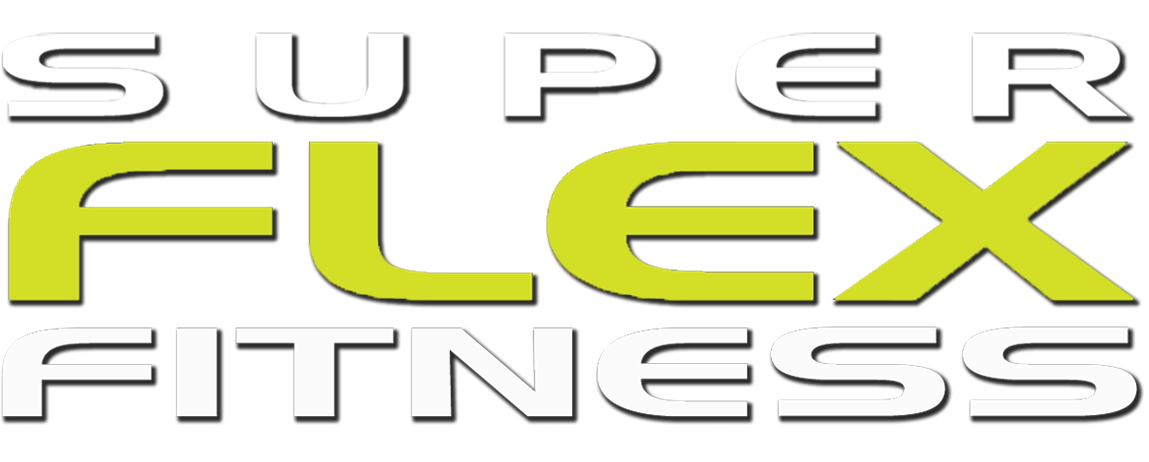Integrated Stretching and Mobility Prep
One of the topics of great debate over the years is integrated stretching and mobility prep and whether stretching is beneficial for performance and injury prevention. The majority of this contention is based on failure to identify what you want to accomplish with the stretching. Of course, the common response to “why are you stretching?” is “to be more flexible”, or “to keep from getting injured”.
These answers may address the subsequent objective, but not the specific rationale for the form of stretching you may be using. It’s like someone asking why you are drinking water out of a squeeze bottle and you answer, “So I don’t get dehydrated”.
The point is– endless, silly, and wasteful debates aside– possessing optimal ranges of motion (ROM) can certainly enhance performance and help to minimize risk of injury. I will not dive into all the “pros and cons” of the various forms of stretching, but suffice to say, as most every aspect of training, you can rationalize good arguments on both sides of the ‘to stretch or not to stretch’ dilemma. The basis for such disputes is the cherry-picking of available data to present each case. Personally, I’m on the side that stretching can be beneficial and is “conditionally essential”.
“Conditionally” means that performed in a manner that actually leads us to the true objective (optimized ROM, kinesthetic efficiency, and post-training recovery) flexibility training is a very important component in any intelligent athletic preparation program. However, when it’s done in the typical “pomp and circumstance”, or the more the better, fashions it’s ineffective at best, and counterproductive and injury-promoting in many other situations.
I get the ROM thing and the recovery aspect, but what the heck is “kinesthetic efficiency”?
Kinesthetic Sense can referred to as an “athlete’s 6th sense”. Everyone has certain “natural” ROM’s and abilities to feel specific muscles stretch and contract, lengthen and shorten. To become in tuned to this quality and receive constant feedback that can be applied is to possess ‘kinesthetic efficiency’.

With the Integrated Athletic Mobility Prep (IAMP) program presented here with SuperFlex resistance bands, my experience training athletes and general clientele, as well as in my own training, reveals a significant increase in the very important, and under-valued, mind-muscle coordination. This quality alone will go a long way in assisting injury prevention and enhanced performance from a strength, power, and speed aspect.
Now, the primary advantages of dynamic stretching with the SuperFlex resistance bands are not in just having something to wrap around your foot and pull on. Nor is it the fact that you will not be doing “static stretching”.
The beauty of this program is the instant, and constant, feedback the athlete will receive from the very first session on. It’s an “athletic way” to stretch in that it truly prepares the specific area, the general movement pattern, and the integrated system as a whole for the upcoming work and/or performance, and in a very time-efficient manner. It keeps the stretching application “alive”, the mind engaged in the present moment, which is what high performance athletics is all about.
For post-training recovery, a great way to kick-start this process is to perform the same pre-training/competition stretches and hold them for longer periods of time—30-60 seconds each, and yes, statically.
The following is the exact program we use with all of our football players, from middle school through college and continuing with our NFL, CFL, and AFL athletes. But as with all of our SuperFlex band programs, IAMP is not limited to football.
We implement some version of this routine with all of our athletes beginning in middle school, from baseball/softball to volleyball, basketball, soccer, golf, tennis, fighting arts, and most any other competitive arena. As well, our general fitness and physique clients use this stretching routine in their programs.
SuperFlex Bands IAMP
With all of these specific stretches, perform the stretch in active fashion implementing the 4-rep Progression Cycle sequence. Perform 4 pulsing “reps” at a time (4 reps = 1 Progression Cycle) with gradual progression in range-of-motion/Intensity with every “4 reps” for 4+ total progressions (16+ total pulsing “reps” each drill).
Perform each stretch on each side (leg or arm) before going to the next stretch. Once this routine is learned, it can be applied in a flowing fashion where all of the drills are performed on a single side before going through same sequence on opposing side.
Upper Body/Torso (band anchored above head)
1. 2-Arm Lat/ Torso
(4 cycles—each side)
2. Shoulder Distraction
(4 cycles 90°, 4 cycles facing anchor—each arm)
3. Pectoral/Shoulder/Biceps
(4 cycles each position—each arm)
4. 3-D Lat/Upper & Mid Back
(4 cycles each position—each arm)
Lower Body
1. Seated Ankle/ Calf
(Plantar/Dorsi Flexion 4 cycles/
Supination/Pronation 4 cycles—each leg)
2. Side Lying Quad/ Hip Flexors
(8 cycles, contracting hamstrings/glutes—
each leg)
3. Supine Hip/Glute Stretch
(8 cycles, contracting adductors—each leg)
4. 3-D Hamstring
(4 cycles each Up/Across/Out, flexing and extending knee, supination/pronation ankle each rep contracting quadriceps—
each leg)
5. Side-lying/Prone Hip Flexor/Psoas
(8 cycles, contracting glutes—each leg)
Your Potential is Worth It!
Vince McConnell
McConnell Athletics
